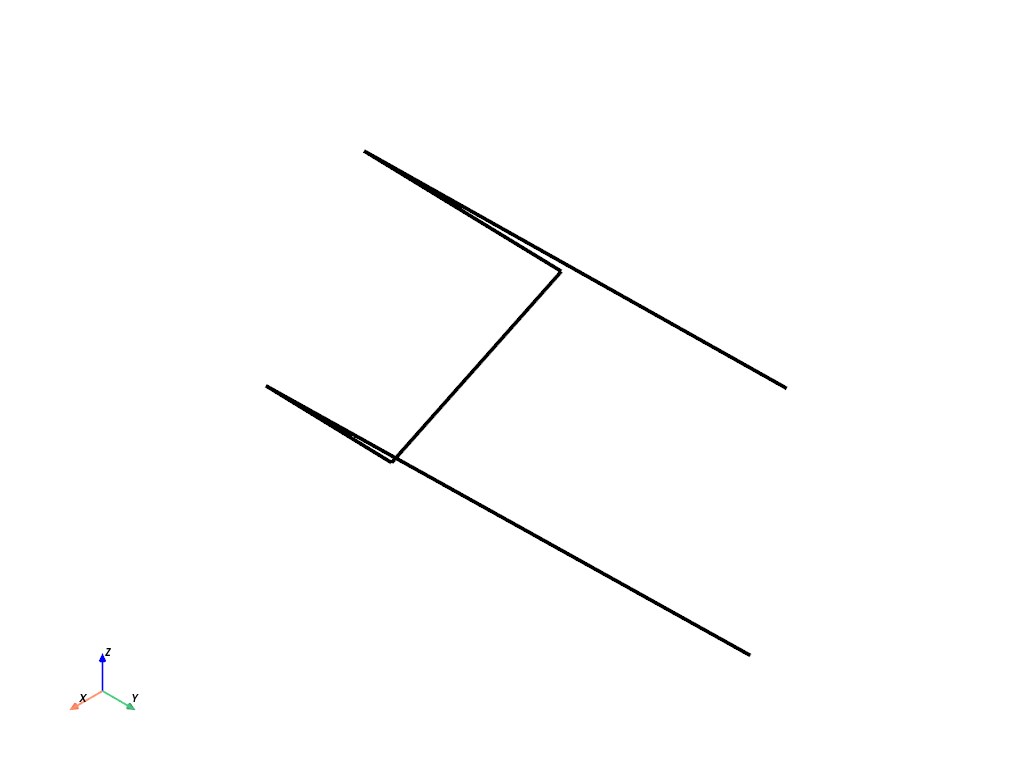pyvista.KochanekSpline#
- KochanekSpline(
- points: VectorLike[float] | MatrixLike[float],
- tension: VectorLike[float] | None = None,
- bias: VectorLike[float] | None = None,
- continuity: VectorLike[float] | None = None,
- n_points: int | None = None,
Create a Kochanek spline from points.
- Parameters:
- pointsarray_like[
float] Array of points to build a Kochanek spline out of. Array must be 3D and directionally ordered.
- tensionsequence[
float], default: [0.0, 0.0, 0.0] Changes the length of the tangent vector.
- biassequence[
float], default: [0.0, 0.0, 0.0] Primarily changes the direction of the tangent vector.
- continuitysequence[
float], default: [0.0, 0.0, 0.0] Changes the sharpness in change between tangents.
- n_points
int,optional Number of points on the spline. Defaults to
points.shape[0].
- pointsarray_like[
- Returns:
pyvista.PolyDataKochanek spline.
Examples
Construct a Kochanek spline.
>>> import numpy as np >>> import pyvista as pv >>> theta = np.linspace(-4 * np.pi, 4 * np.pi, 100) >>> z = np.linspace(-2, 2, 100) >>> r = z**2 + 1 >>> x = r * np.sin(theta) >>> y = r * np.cos(theta) >>> points = np.column_stack((x, y, z)) >>> kochanek_spline = pv.KochanekSpline(points, n_points=6) >>> kochanek_spline.plot(line_width=4, color='k')

See Create a Kochanek Spline for an additional example.